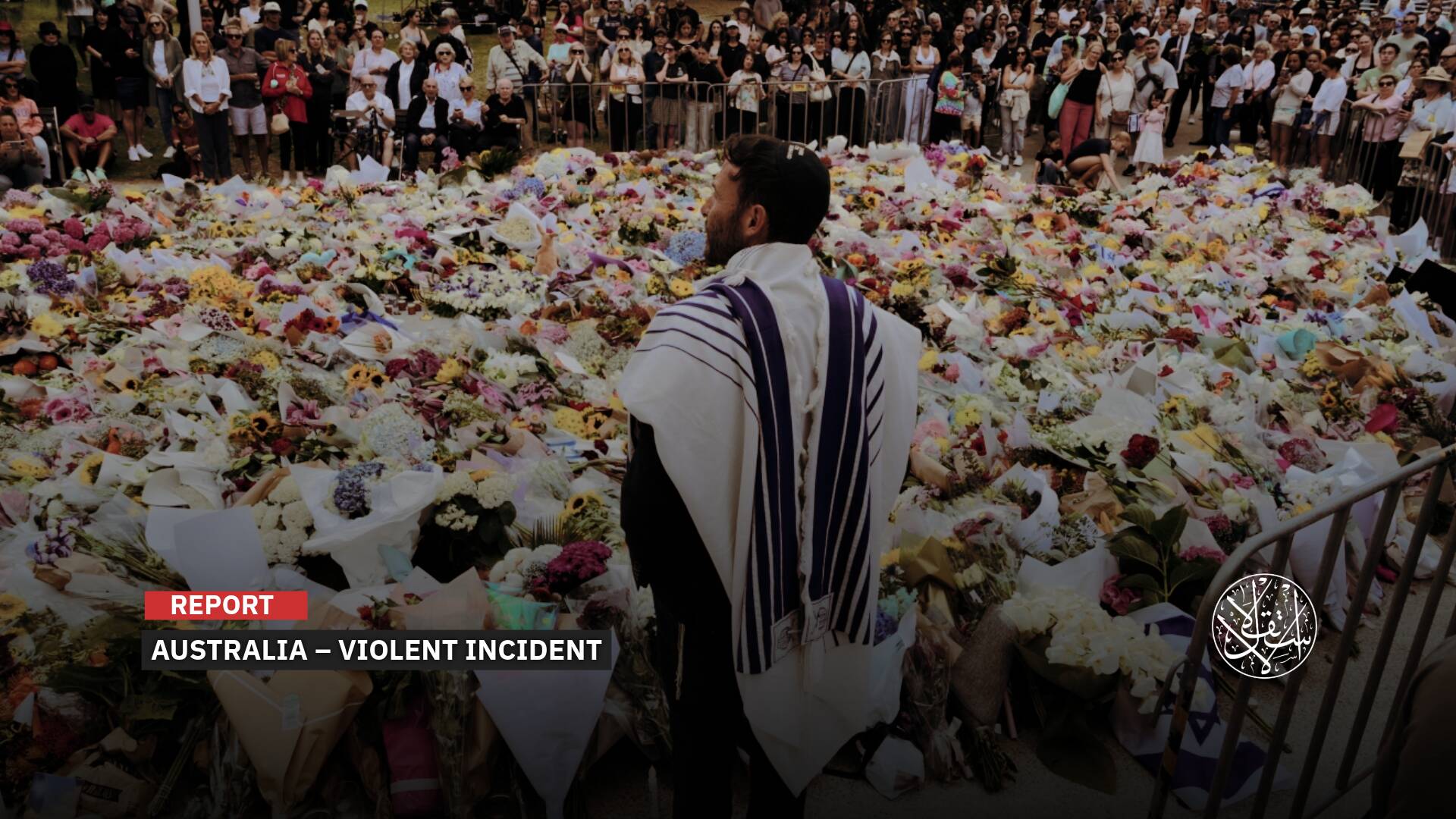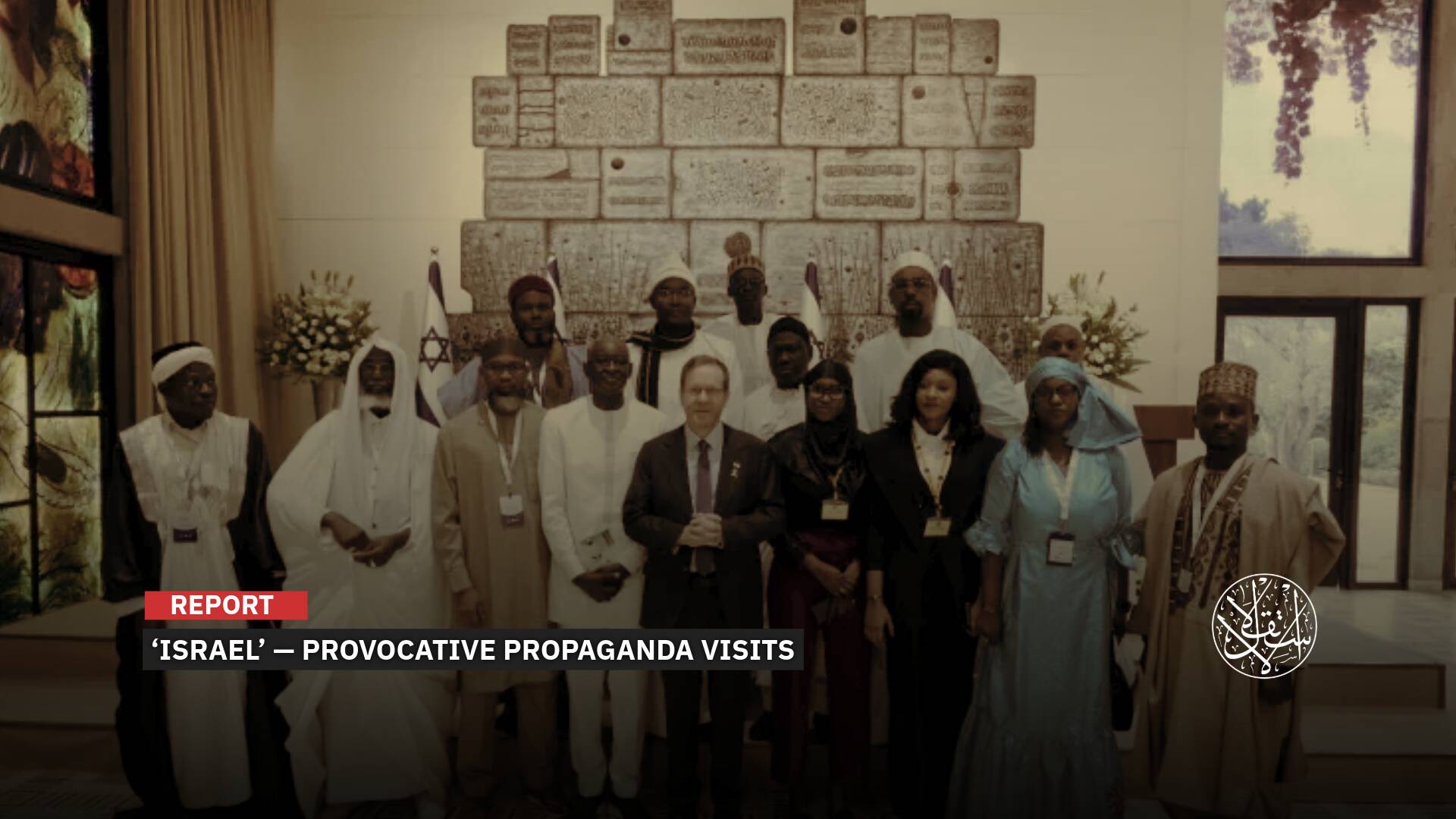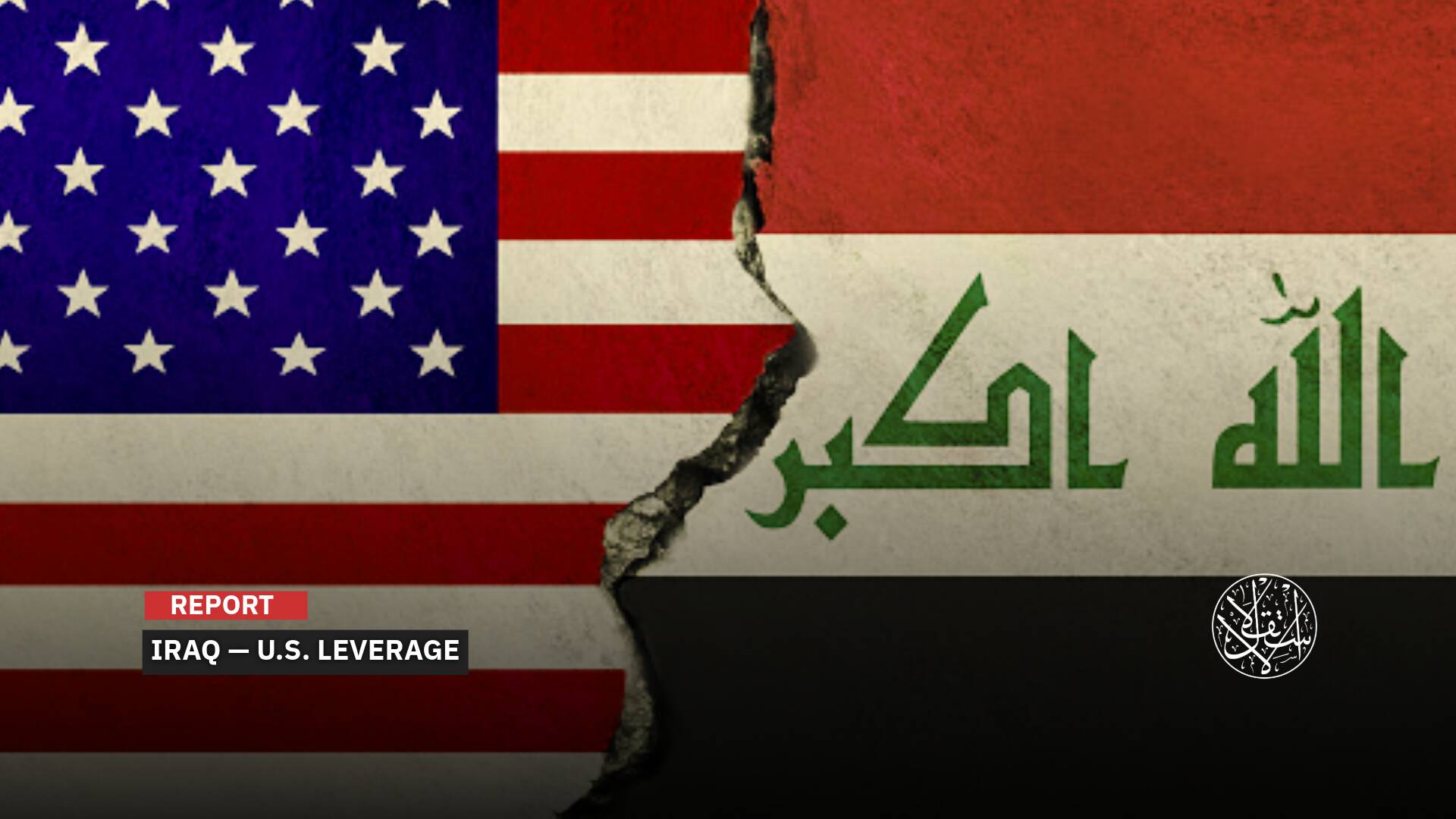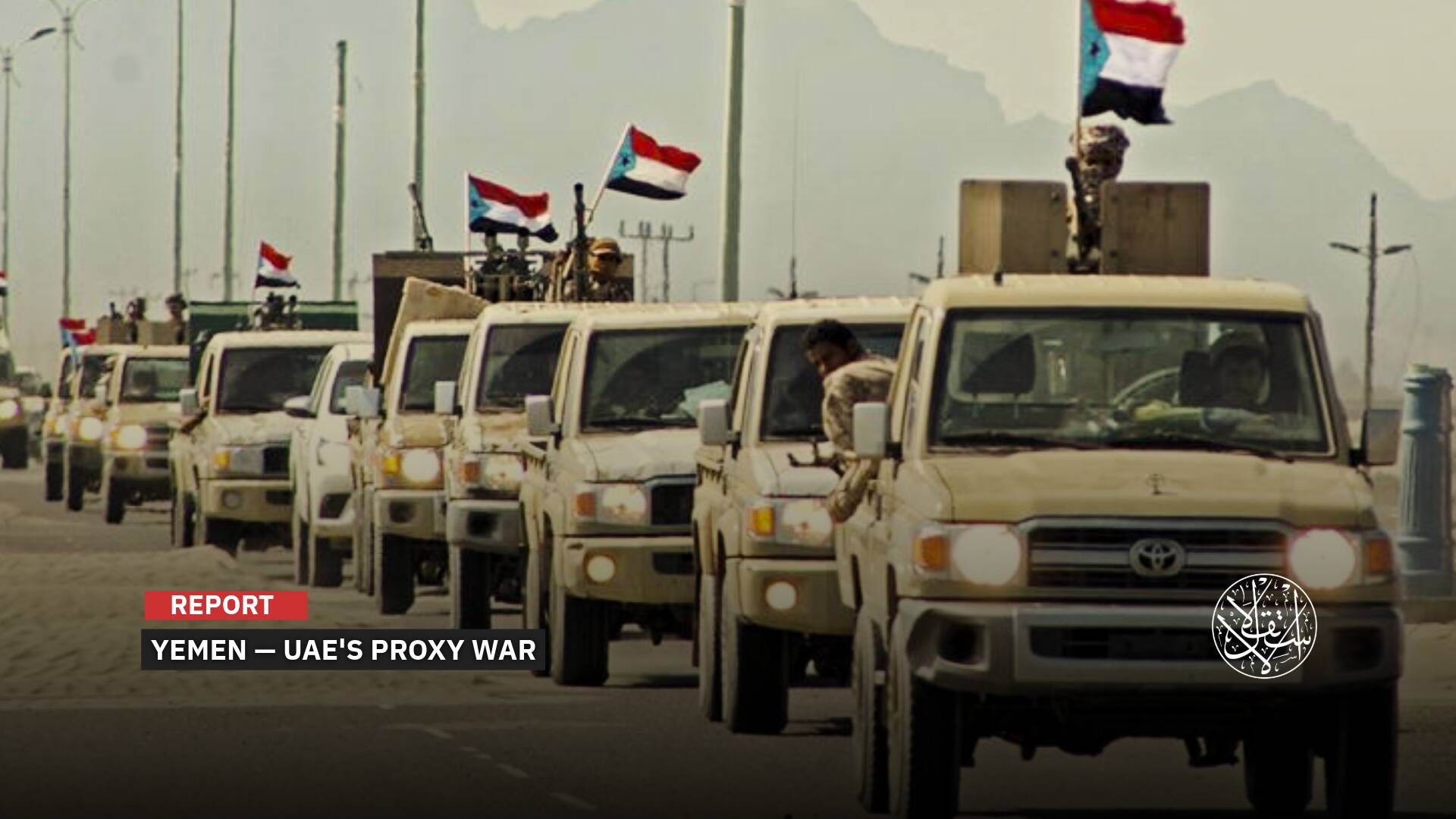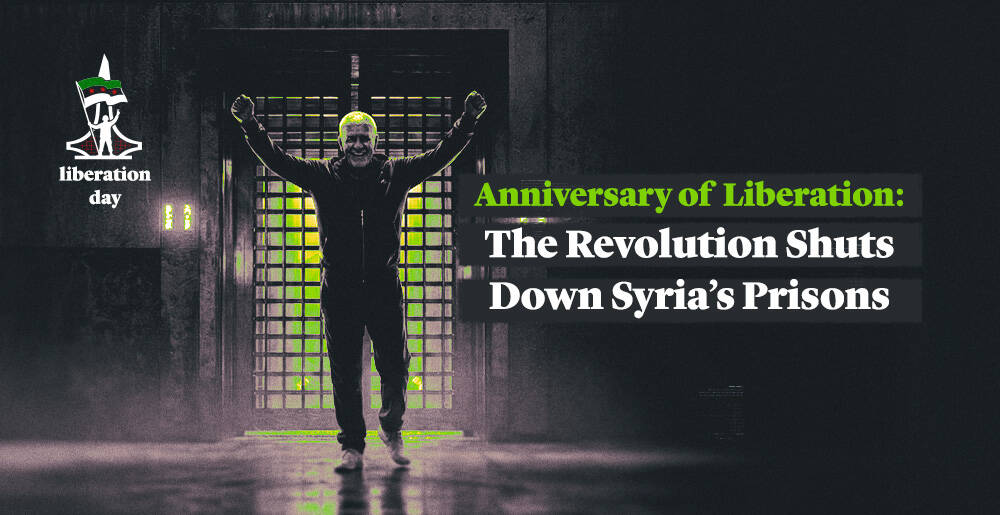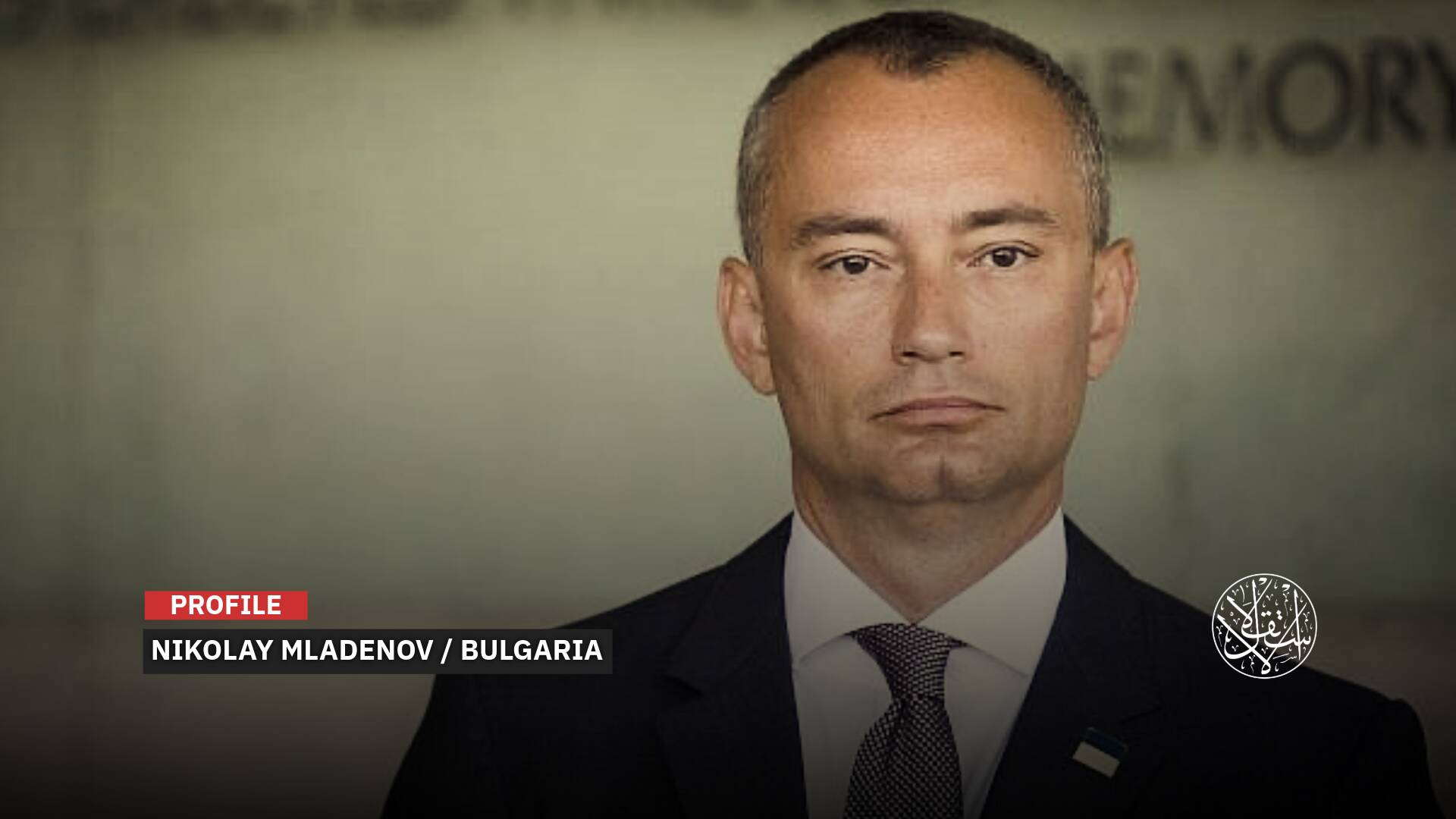With 80% in Ruins, Why ‘Israel’ Wants to Erase Rafah from the Map

Rafah no longer exists on the map as it once did.
It's been a full year since the Israeli Occupation army stormed the city of Rafah in the far south of Gaza for the first time, crossing the so-called “red line” set by the previous U.S. administration under Joe Biden.
Despite international and UN warnings against invading a city packed with hundreds of thousands of displaced people from northern Gaza, “Israel” pushed ahead with its “operation” under the pretext of eliminating the Palestinian Resistance Movement (Hamas).
One year after the incursion and no pullback even during the latest truce (January 19 to March 18, 2025), what’s left of Rafah, and why is “Israel” still holding ground?

Widespread Destruction
Local accounts and satellite images reveal that Rafah, as we once knew it, has vanished from the map. After the Israeli Occupation evacuated residents and displaced persons to the northern areas of the city, it began demolishing Rafah and turning it into ruins.
Satellite imagery shows that “Israel” has destroyed around 80 percent of the buildings in Rafah, as part of what Hebrew media describe as a U.S.-backed campaign of extermination.
On May 8, 2025, Israel’s Channel 12 published images revealing massive destruction in Rafah, the same city that the Israeli Occupation government claims it is forcing civilians to relocate to.
Citing an analysis by the Geographic Information Systems Center at the Hebrew University, the channel reported that roughly 80 percent of Rafah’s buildings, including those in the refugee camp, have been destroyed.
The satellite images revealed the scale of devastation compared to April 2024, when most of the city's neighborhoods were still standing before the start of the ground offensive.
The report added that by the end of 2024, thousands of buildings had been destroyed—particularly in areas near the Philadelphi Corridor along the Egyptian border.
It noted that as “military operations” expanded, only about 20 percent of Rafah’s buildings remain, mostly in the northern part.
In March 2025 alone, around 1,100 buildings in Rafah were demolished—the highest number recorded in any part of the Gaza Strip during that period, according to the same source.
The channel also reported that destruction has been concentrated in Jabalia in the north, and in Khan Younis and Rafah in the south, where over 80 percent of the buildings have been wiped out.
In contrast, damage levels in the central refugee camps vary from 5 percent to 40 percent depending on the area.
Due to the scale of the city’s destruction, Hebrew media have begun referring to Rafah as “south of the Morag Axis”—a reference suggesting the city no longer exists.
The “Morag Axis,” is one of the key corridors in the southern Gaza Strip. It stretches from the Mediterranean coast in the west to Salah al-Din Street in the east, reaching the final point along the border between Gaza and the occupied territories, specifically at the “Sufa crossing.”
The Israeli army took control of this area in early April 2025, according to an announcement by Prime Minister Netanyahu, who described the new route as the “second Philadelphia axis,” a reference to the buffer zone between Gaza and Egypt. “We have changed the course of events,” he said.
The announcement came after 17 months of the Israeli Occupation’s focus on northern Gaza, which it almost completely destroyed and cut off from Gaza City—a strategy that Tel Aviv is now replicating in the south.

An Empty City
Ahmed Afaneh, 45, a resident of Rafah, says the city has no more residents, most of whom were forced to flee under relentless ground and air bombardment.
His family of five were compelled to evacuate to nearby Khan Younis once the Israeli assault on Rafah began, he told Al-Estiklal.
The Israeli army has already announced that it encircled the city, completely isolating it from the rest of Gaza through the creation of the “Morag Axis,” which now separates Rafah from Khan Younis.
This development followed an earlier declaration by Israeli Prime Minister Benjamin Netanyahu of a large-scale military operation in Rafah, launched after the resumption of the war on Gaza on March 18, 2025.
Afaneh added that only a few families remain in Rafah, those who refused to leave at the beginning of the offensive and are now trapped inside.
Some of these families managed to reach northern Rafah, heading toward Khan Younis, even as the Israeli assault on the border city near Egypt continued.
“The Israeli army is completing the destruction of what’s left of Rafah behind the scenes, away from public view. Many families remain trapped there to this moment, and we know nothing of their fate, or even if they are still alive.”
In the following days, more families who had remained in their homes began to flee, as the Israeli army pressed ahead with its campaign to destroy the entire city, starting with its northern section.
“Testimonies we’re receiving from residents who recently escaped Rafah after being trapped for days confirm that life no longer exists there, anything that moves is being targeted,” Gazan journalist Yasser Mohammed told Al-Estiklal.
“Rafah has been completely destroyed. The tremors from the explosions were reportedly felt in Egypt’s Arish and the Negev, and settlers have complained of the terrifying noise,” activist Moin al-Kahlout posted on X.
“Rafah no longer exists. In Hebrew, it is now referred to as ‘South of the Morag Axis’—an entire city erased, along with its buildings, landmarks, and identity. How can such a fact pass so casually in the media?” writer Ahmed Aburtema said on X.
On May 10, 2025, the Israeli Occupation army claimed it had eliminated most of the remaining resistance fighters in Rafah, despite ongoing deadly operations by al-Qassam Brigades, the military wing of Hamas.
Referring to a specific neighborhood, the army said: “Al-Jneina is the last area where Rafah Brigade terrorists are fighting.”
Israeli Golani Brigade soldiers had recently deployed in Rafah “to dismantle what remains of Hamas’s infrastructure in the city.”
The assault on Rafah did not come without a cost. Intense fighting in the al-Jneina area in early May left four Israeli soldiers dead and others wounded.

The Displacement Plan
The destruction of Rafah is part of a broader plan to force Gazans to relocate there ahead of a new “military operation” the Israeli army has dubbed “Gideon’s Chariots.”
“This operation” aims for full military control over the entire Gaza Strip. The Israeli government has begun preparations by calling up tens of thousands of reservists.
The name “Gideon’s Chariots” carries religious, historical, and military symbolism, underscoring the Israeli Occupation’s intent to occupy Gaza and displace its population under what it falsely labels as a “voluntary migration.”
“Israel” used a similar name—“Operation Gideon”—during the 1948 Nakba to seize the Palestinian city of Beisan and expel its residents.
According to Israel’s public broadcaster, the plan has been postponed until after U.S. President Donald Trump’s visit to the region in mid-May 2025, particularly following Hamas’s release of Israeli-American captive Edan Alexander on May 12, which prompted “Israel” to resume negotiations in Doha.
In March 2025, the Israeli War Ministry approved the establishment of a special office to promote the forced expulsion of Palestinians under the guise of so-called “voluntary migration.”
At the time, a fragile ceasefire between Hamas and “Israel” was still in place. However, “Israel” refused to move to the next phase of the agreement, which was intended to negotiate an end to the war.
Then, in early April, the Israeli Occupation unveiled the “Morag Axis,” declaring everything south of it—including all of Rafah—a military buffer zone. This effectively shrank Gaza’s territory by one-fifth.
Israel’s Channel 12 reported that the aim of the “Morag corridor” is to facilitate the “voluntary migration” of Palestinians. War Minister Israel Katz later announced efforts to sever Gaza from the outside world and implement the so-called migration plan.
Katz repeated these statements weeks later, saying “Israel’s Gaza strategy involves destroying infrastructure, blocking humanitarian aid, and encouraging voluntary relocation.”
The plan essentially seeks to starve residents, (cut off from aid for more than two months), into moving south of the “Morag Axis” in order to access food, thereby isolating them in preparation for displacement.
This approach follows months of failure in implementing the generals’ strategy of completely depopulating northern Gaza by leveling it and denying aid.
Yet, during the last ceasefire, hundreds of thousands of Palestinians returned to the north, erecting tents beside the rubble of their homes in a powerful message: their displacement was never “voluntary.”
Journalist Yasser Mohammed says the Israeli Occupation is erasing Rafah’s infrastructure to cram hundreds of thousands of people into the city. “Those who refuse will be left without food. That’s what the army is counting on, hoping to exploit the population’s weakness and exhaustion.”
“Anyone who doesn’t relocate to Morag will be labeled as a resistance fighter and become a target. This is how the army wants to justify its attacks, but it’s merely repeating a failed plan that already collapsed in northern Gaza,” he added.


